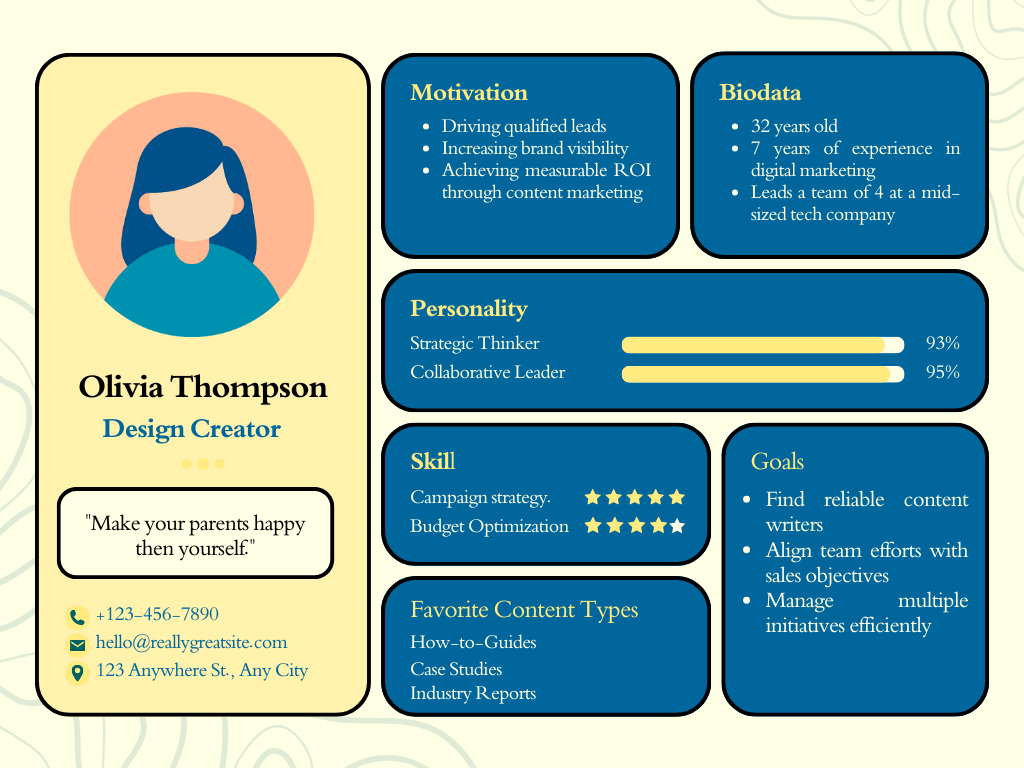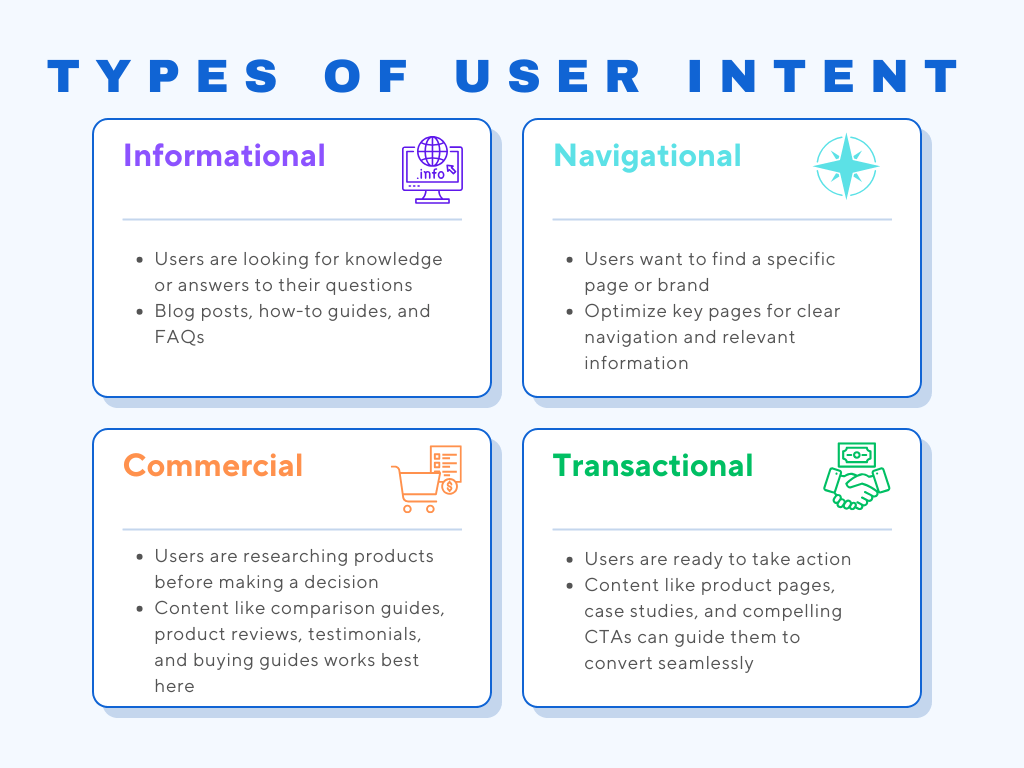Ultimately, it is the customers who determine the success or failure of a brand. With the right circumstances and strategies, your business can thrive and become a remarkable success. However, without proper alignment, it may face significant hurdles.
Therefore, maximizing audience engagement is of utmost importance. You need to ensure that your business offers customer-centric solutions building brand trust and authority. Wondering how you can do that?
There are no strict rules to follow when it comes to attracting an audience. Instead, it’s about combining strategic thinking with creativity to craft the perfect approach. Whether through engaging content, effective branding, or smart marketing, the key lies in finding what resonates with your audience and tailoring your efforts accordingly.
The Importance of Audience Engagement
Think of your audience engagement like tending a garden. You plant the seeds (content), water them consistently (interactions), and nurture them with care (personalization). With time, your efforts blossom and you end up building a loyal and thriving community.
The audience is your greatest asset. Your content should be both imaginative and valuable, drawing audiences closer to transform readers into loyal customers. Avoid letting your message get lost in a sea of words; instead, ensure it is clear, impactful, and compelling enough to keep your readers coming back for more.
The stronger you pull with relevant content, the more your audience gravitates towards you forming a solid bond.
Defining Audience Engagement Metrics
Incorporating all the necessary elements on your website is the first step. The next is to regularly monitor the performance of these entities and how well your audience is responding to them.
Audience engagement metrics is one of the measurable indicators to know how effectively your content resonates with your audience. These metrics help in the assessment of websites’ performance and success of your content strategy.
To measure the efficacy of your content writing to enhance audience engagement, following metrics can be used:
1. Website-based Metrics
What’s Included:
- Bounce Rate
- Average Time on Page
- Click-through Rate (CTR)
- Conversion Rates
What it Measures
- User interest and relevance of the content
- Time spent engaging with your page
- Effectiveness of calls-to-action
- Success in driving desired actions
Tools to Track
- Google Analytics
- Heatmap Tools
2. Social-Media Metrics
What’s Included:
- Likes
- Comments
- Shares
- Saves
- Follower Growth
What it Measures
- Content popularity
- Level of audience interaction
- Willingness to share your message
- Long-term audience interest
- Brand growth over time
Tools to Track
- Social Media Insights
- Hootsuite
- Buffer
3. Email Marketing Metrics
What’s Included:
- Open Rates
- Click-through Rates
- Subscriber Retention
What it Measures
- Interest in email subject lines
- Engagement with email content
- Loyalty to your email campaigns
Tools to Track
- Email Marketing Platforms (e.g., Mailchimp, Constant Contact)
Strategic Use of Metrics
The usage of these metrics follow a certain approach for measuring the impact of content writing for websites. They focus on how to prioritize, interpret, and apply the data collected from the metrics for strategic improvement.
Relevance of Metrics
As the saying goes, “One size does not fit all,” and the same applies to metrics. Each metric serves its unique purpose, and understanding which ones align with your content goals is critical for success. Think of metrics as tools in a toolbox—each one designed for a specific task. While a hammer is perfect for driving nails, it’s ineffective for tightening a screw.
For instance, if your primary focus is increasing audience engagement, it is essential to analyze metrics like comments, shares, and click-through rates (CTR), as these hold far more significance than mere page views. While page views can tell you how many people viewed your content, they don’t reveal how many actually interacted with it or found it valuable.
By focusing on the relevance of metrics, you can more effectively focus on the Key Performance Indicators (KPIs) of a particular metric.
Analyzing for Improvement
Once you have set the right metrics and implemented them as per your targeted audience, the real value is in analyzing them further. This opens the window for improvement and eliminates any factor that doesn’t meet your goal.
The best practice to do so is to identify the trends and type of content that performs the best. This can give you insights into patterns and help pinpoint weaknesses. Using the right metrics, you can investigate gaps and loopholes more closely.
These gaps can include high bounce rates, indicating that your content is less appealing to the audience or a low conversion rate, showing ineffective call-to-action placement. Analyze the results you get and polish your approach accordingly and set realistic targets. Compare performance against industry benchmarks or past performance to measure progress.
By continuously analyzing metrics with a focus on improvement, you create a feedback loop that informs and enhances your content strategy over time, ensuring sustained growth and audience engagement.
Understanding Your Audience
The first step in creating effective content is understanding your audience and their psychology. Every piece of content you produce should have a clear purpose and resonate with the audience it is meant for. This requires identifying the specific segment you are targeting and addressing their unique pain points.
For instance, consider the difference between creating content for a fresh medical student versus a seasoned medical professional. A medical student might need simplified explanations, foundational terms, and step-by-step guidance to understand complex concepts.
On the other hand, content for a medical professional would focus on advanced insights, in-depth analysis, and industry trends that align with their expertise. Tailoring your content to suit the knowledge level and needs of each audience ensures relevance and engagement, helping your message truly connect.
To better understand your audience, you can opt for following steps:
Developing Audience Personas
Audience persona, also known as buyer persona includes a fictional individual or group of individuals that gives a visualization of your target audience. For instance, their demographics, lifestyle, content preferences, interests, key motivations, challenges, and more.
Knowing every inch of your personas can help devise a content strategy that fits best to their needs and preferences.
For instance, if you run a content marketing agency, you might create a persona named “Olivia,” a 32-year-old marketing manager focused on generating leads and increasing ROI. She values practical content like how-to guides and case studies to solve her challenges. Tailoring your services to “Olivia’s” needs helps you connect with her effectively.
Using Analytics to Identify User Behavior Patterns
Real-world data is your best friend in identifying the user behavior patterns. This gives you an idea on what type of content people like and how they are responding to it. You can use tools like Google Analytics, social media insights, or CRM platforms to identify their habits and preferences.
Using analytics, you can identify key data points such as time spent on the website, click through rates, shares, and bounce rates. What attracts and repels the audience is a determinant factor to refining your existing strategy.
You can evaluate the behavior flow by analyzing popular pages and areas where users show more interest. Content types are another great source that decide the performance of your website. For instance among blogs, videos, infographics, or social media posts—which one is driving the most engagement, conversions, or interactions.
Mapping User Intent to Content Goals
Knowing user intent can help crafting content that is to the point and directly answers what they need. Intent is the reason behind a user’s particular search, whether it is seeking for information, making a purchase, or looking for a solution.
Writing content that is aligned with user intent can significantly enhance the effectiveness of your content strategy and help achieve business goals more efficiently. For instance, if your goal is to encourage customers to sign up for a service or subscribe to your platform, it’s essential to include clear, compelling calls to action (CTAs) that guide them toward taking the desired action. Make sure the CTA stands out, such as “Join Now,” “Get Started,” or “Subscribe for Exclusive Benefits,” and place it strategically within the content to capture attention at the right moment.
If your goal is to increase newsletter sign-ups, focus on catering to users with transactional intent—those who are ready to act or make a decision. You can incentivize this group by offering something of value, such as a free ebook, exclusive insights, or a valuable discount. This approach not only makes the offer more attractive but also aligns with the user’s immediate need, increasing the likelihood of them converting.
Integrating SEO Writing to Maximize Audience Reach
To truly enhance your audience engagement, integrating SEO writing techniques into your content strategy is essential. By optimizing your website content with relevant keywords, meta descriptions, and structured data, you increase your visibility on search engines, which in turn helps attract more targeted traffic.
SEO writing isn’t just about rankings; it’s about making sure your content is discoverable by the right audience. By focusing on both SEO and user intent, you can ensure that your content serves its purpose—whether that’s educating, converting, or simply engaging your audience.
Building Trust Through Consistent and Valuable Content
Audience engagement thrives on trust. By consistently delivering high-value content that speaks to your audience’s pain points, you establish your brand as a reliable resource. Trust is the foundation for long-term relationships with your audience, and it’s through trust that engagement deepens.
Regularly updating your content and aligning it with your audience’s evolving needs ensures that you remain a trusted voice in your niche, ultimately leading to greater loyalty and increased brand advocacy.
Conclusion
Maximizing audience engagement is not a one-time effort but an ongoing journey that requires understanding your audience, adapting your content strategy, and delivering valuable, SEO-optimized content.
By integrating SEO writing into your strategy, monitoring key audience engagement metrics like bounce rate, click-through rates, and social media interactions, and tailoring your approach to meet the specific needs of your audience, you can enhance your brand’s trust and authority.
The key lies in building strong relationships through relevant and consistent content that speaks directly to your audience’s pain points. Keep refining your strategy, analyzing user behavior patterns, and aligning with user intent to achieve meaningful growth. Ultimately, consistent and valuable content is the foundation for sustained engagement, long-term success, and becoming a trusted resource in your industry.

